CrossFit, or at least the programming the company rolls out on CrossFit.com main site programming, is written to be good at everything.
In the fitness world, we refer to this type of training routine as ‘GPP’, or general physical preparedness.
Under the umbrella of ‘everything’ in fitness is, of course, strength training.
But so are other forms of fitness like gymnastics, metabolic conditioning (fitness), endurance, and the odd things CrossFit throws out like balance or agility.
If you have a goal of being specifically good at one component of fitness, such as strength, you might want to prioritize it in your training.
That said, doing only strength training isn’t CrossFit.
Confused?
Remember it this way. CrossFit can get you strong–but it isn’t just a strength program.
If your goal is to be as strong as possible, you’ll need to train strength more often. That’s where strength WODs come in.
Here’s how–and why–you should add CrossFit strength WODs to your training.
Related: Active Recovery WOD is the key to optimizing your CrossFit Programming
What is a Strength WOD?

Let’s look at CrossFit strength WODs in three ways–straight sets, part of a metcon, and as accessory work.
Straight Sets
A CrossFit strength WOD is any workout where your only goal during that session (or part of the session) is to increase strength.

For example, the old school “Back Squat 5-5-5-5-5″ workouts that CrossFit.com posted on main site programming. Other common protocols include Tabatas, EMOMs, and AMRAPs.
Because the level of competition in CrossFit has grown so much, a 5×5 back squat workout is no longer considered a standalone workout.
It’s normally just a component of a longer session. Athletes are too good these days to call it a session after five sets of five.
You might see a 5×5 back squat as might be part one of three or four separate parts of a training session.
Check out competitive sites like CrossFit Invictus or MisFit programming to see examples of this.
Built Into WODs and Metcons
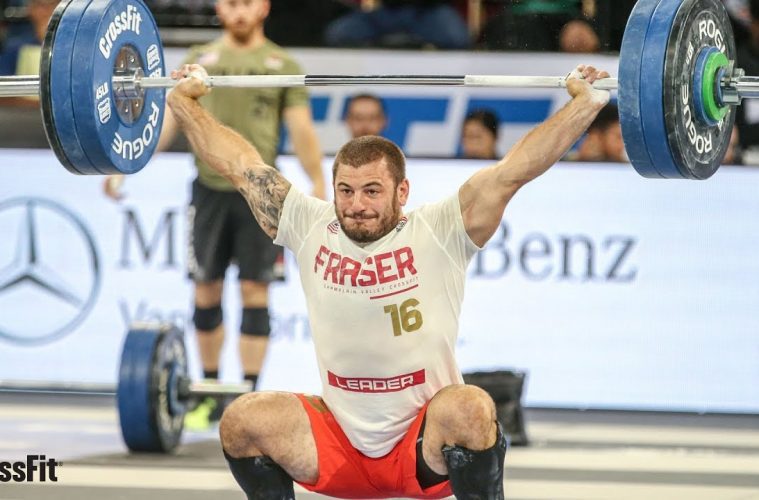
Straight sets training focuses on increasing your 1RM in lifts such as the deadlift, back squat, or Oly lifts like snatches or cleans.
But there is another very common way, albeit different, that CrossFit tests strength.
This is when CrossFit builds a big lift (or lifts) into a metcon workout.
Classic workouts like Linda and DT are obvious examples as they are built solely off compound barbell exercises.
Other workouts, like King Kong (listed at the bottom) build huge lifts into a workout that also tests your muscle-up and handstand push-up ability.
Accessory Work
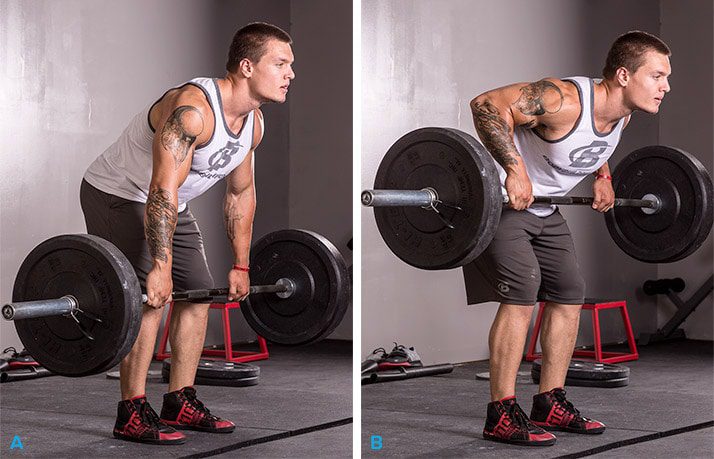
The final way to look at a strength WOD is as weakness training or accessory work.
After your workout is completed, on rest days, or at a separate time outside of your normal WOD, you might do a little extra strength training to get stronger for CrossFit.
With this option, always consider that strength training is taxing to your body.
Adding in extra work with a barbell or dumbbells can crush your whole training schedule if you don’t start slow and recover well.
Is CrossFit Strength Training?
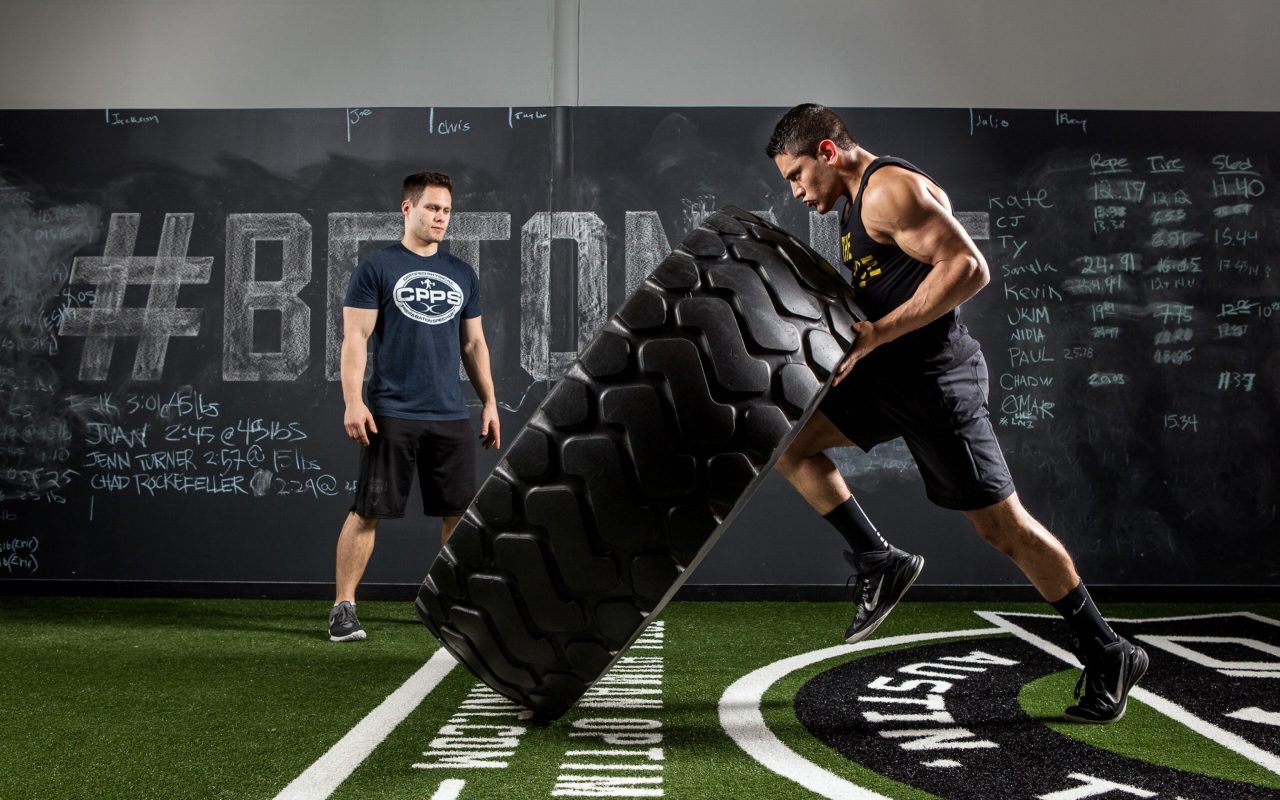
Yes and no. As we discussed in the intro, CrossFit is a high-intensity program built for improving GPP, or general physical preparedness.
You will lift weights and move heavy objects, which will make you stronger.
At the beginning of your fitness journey, you will get plenty strong from doing just CrossFit WODs.
But eventually, you may need to add extra strength training into your workouts if your goal is to get stronger and add muscle.
CrossFit Strength Bias

In 2009, CrossFit Journal released a program called CrossFit Strength Bias (CFSB).
This was the original push to add more strength training into the GPP programming at the request of gym bros across the world.
I say that tongue in cheek of course, but I’m also not really joking. There was a call for more heavy lifting and CrossFit answered it.
CFSB broke each day’s WOD into two components– a strength WOD and a metcon.
You trained the deadlift, squat, press, and power clean separately from the rest of your workouts in an effort to increase your 1RM.
Nowadays, CFSB is probably the most common skeleton of a workout you’ll do any CrossFit box.
An hour class will have a warm up, strength WOD, metcon, and cooldown.
Strength WOD Benefits
Strength training has a ton of benefits for athletes and fitness enthusiasts.
Anyone that strength trains can expect to add muscle, increase muscle and joint strength, and increase bone density.
Strength WODs also help you get better at CrossFit.
For example, if you are plagued by heavy barbell exercises, extra strength WODs can help fix a weakness that will contribute to you being better at the sport.
How Often Should You Do a Strength WOD?

Strength WODs, programmed as straight sets or built into workouts, are written to make you stronger.
This may seem obvious, but if your goal is to be good at CrossFit, extra strength training should be designed in a way that will ultimately make you better at CrossFit.
For example, pretend you notice that you always get destroyed doing WODs with thrusters over 115 pounds in them.
In this case, you add in straight set or accessory work heavy thrusters twice a week for four weeks in an effort to improve a weakness.
You retest and notice you got stronger without doing so many thrusters that you had to miss training sessions due to being sore or fatigued.
This is a very specific–and correct– approach to improving strength for the sport. You pick a weakness and work on it.
Adding in tons of extra squats, deadlifts, bench presses and curls without any real goal or strength program (besides getting ‘swole’) is bound to end in disaster.
This bears mentioning because CrossFit requires you to be good at a lot of different things.
If you only want to strength train that’s fine, but it also isn’t CrossFit–it’s strength training.
Pick programs or integrate strength WODs in a way that don’t crush you from doing normal training.
Best Crossfit Strength Programs
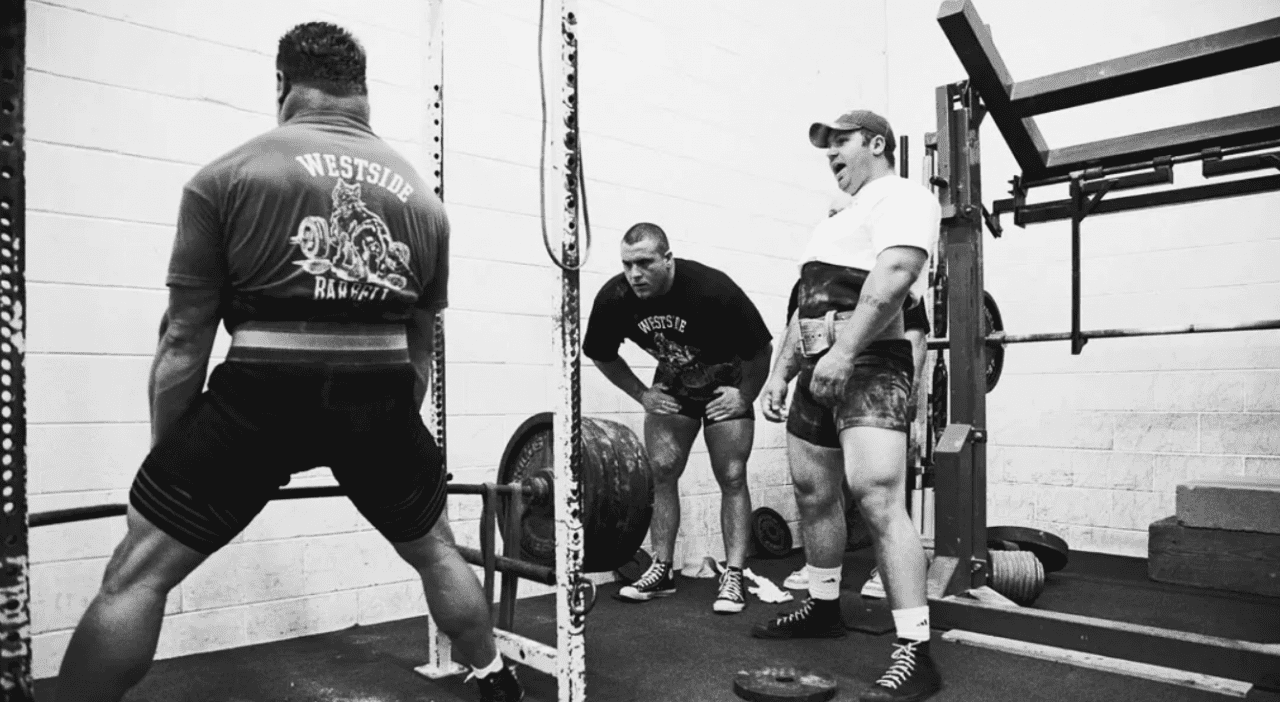
There are several strength programs that have been successfully added into mainsite or traditional CrossFit programming over the years.
They are worth mentioning here.
Westside Barbell and their conjugate method system uses max effort and dynamic effort training four times a week.
Wendler 5/3/1 is one of the most common strength programs added into regular training.
It’s a four day split with the back squat, bench press, strict press, and deadlift featured on individual days.
It’s also quite easy to modify which makes it a perfect fit for CrossFitters.
And finally, CrossFit Strength Bias is one of the oldest and simplest ways to prioritize strength. There are more out there, but these three are great places to start.
Best Crossfit Strength WODs
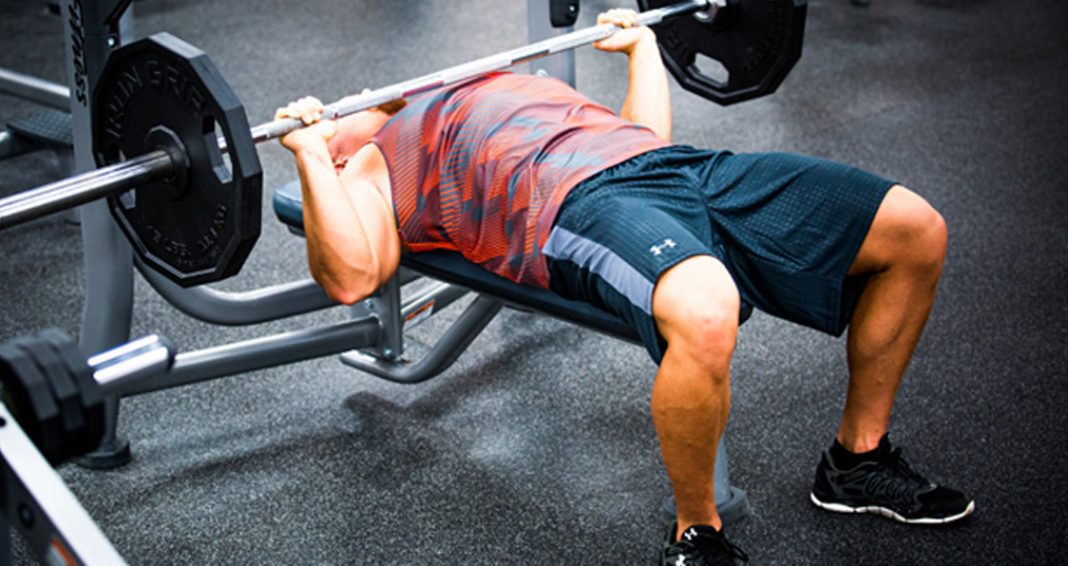
The key to building good strength WODs is to pick challenging but doable weights and to get quality reps in.
Stick with the same movements over a period of four to six weeks and add weight each week.
For straight set training, protocols like 5×5, 3×5 and 3×8 are very popular. Any of the slow lifts–deadlift, bench, press, and squats–fit perfectly here
For Olympic lifting straight sets, do less reps. 4-8 sets of 1-3 reps are good for both the clean and snatch.
You may also consider doing Tabata, EMOM, or AMRAP style training for these and slow lifts.
Keep in mind that you’ll need to recover between sets. Strength training is not about breathing heavy.
3 Killer Strength WODs To Try
Finally, here are 5 killer strength WODs you can add to your training right now.
1. Straight Sets Hell
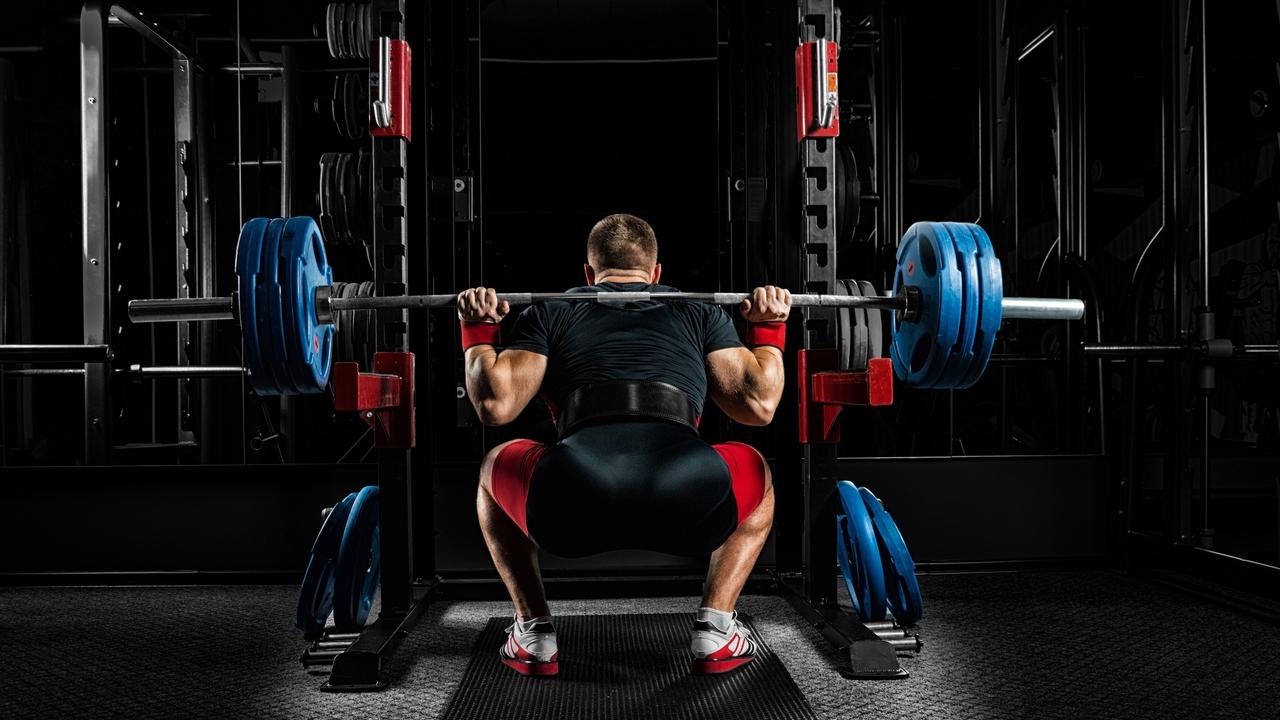
- 5×5 Back Squat (120 second rest between sets)
- 5×5 Deadlift (120 second rest between sets)
- 5×5 Bench Press (120 second rest between sets)
- 5 Sets of Max Pull-ups
75-70% of your 1RM for all lifts.
2. Heavy Grace
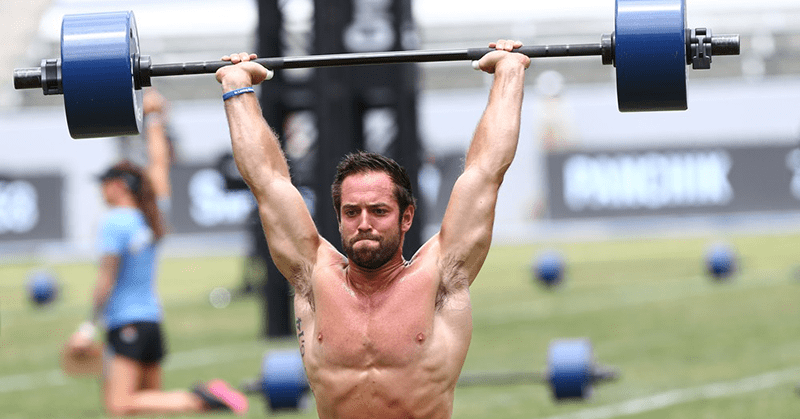
For Time:
- 30 Clean and Jerks, 225lbs
Watch Rich Froning crush this workout for motivation.
3. King Kong
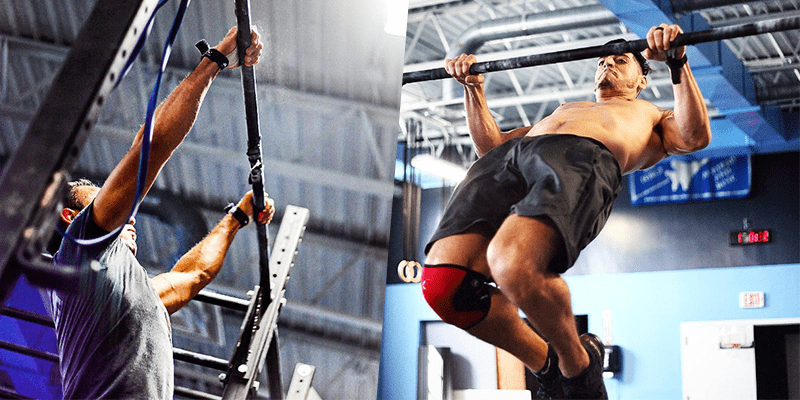
3 Rounds For Time:
- 1 Deadlift, 445lbs
- 2 Muscle-Ups
- 3 Squat Cleans, 250lbs
- 4 Handstand Push-ups
Watch Sam Dancer destroy King Kong in a blistering time of 1 minute and 39 seconds!
Conclusion
The thing you should remember most is that there is a difference between CrossFit and strength training.
There is no problem with taking a break from CrossFit training if your goal is solely to get stronger.
If you want to be better at the sport of CrossFit, however, you should look at strength training as part of a bigger equation.
Use this guide to help you make informed choices on how and when to add strength WODs to your training. Go hard and make each rep count.

